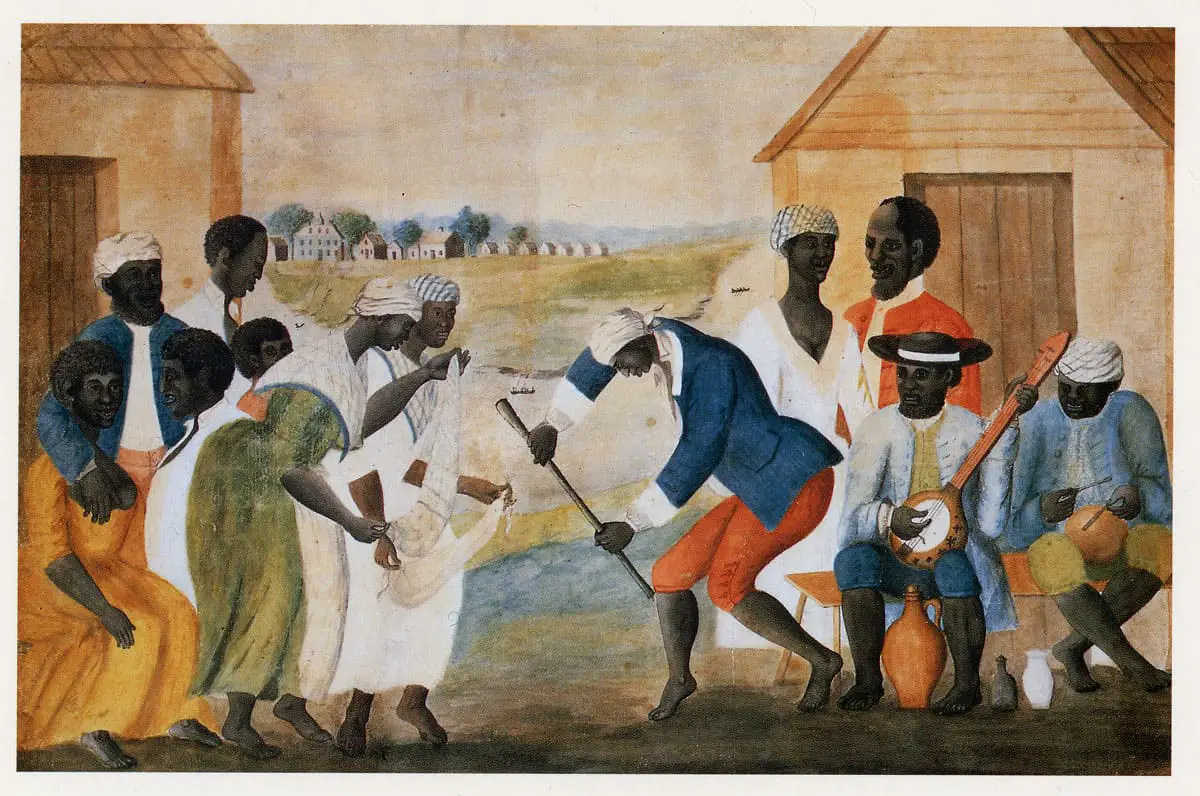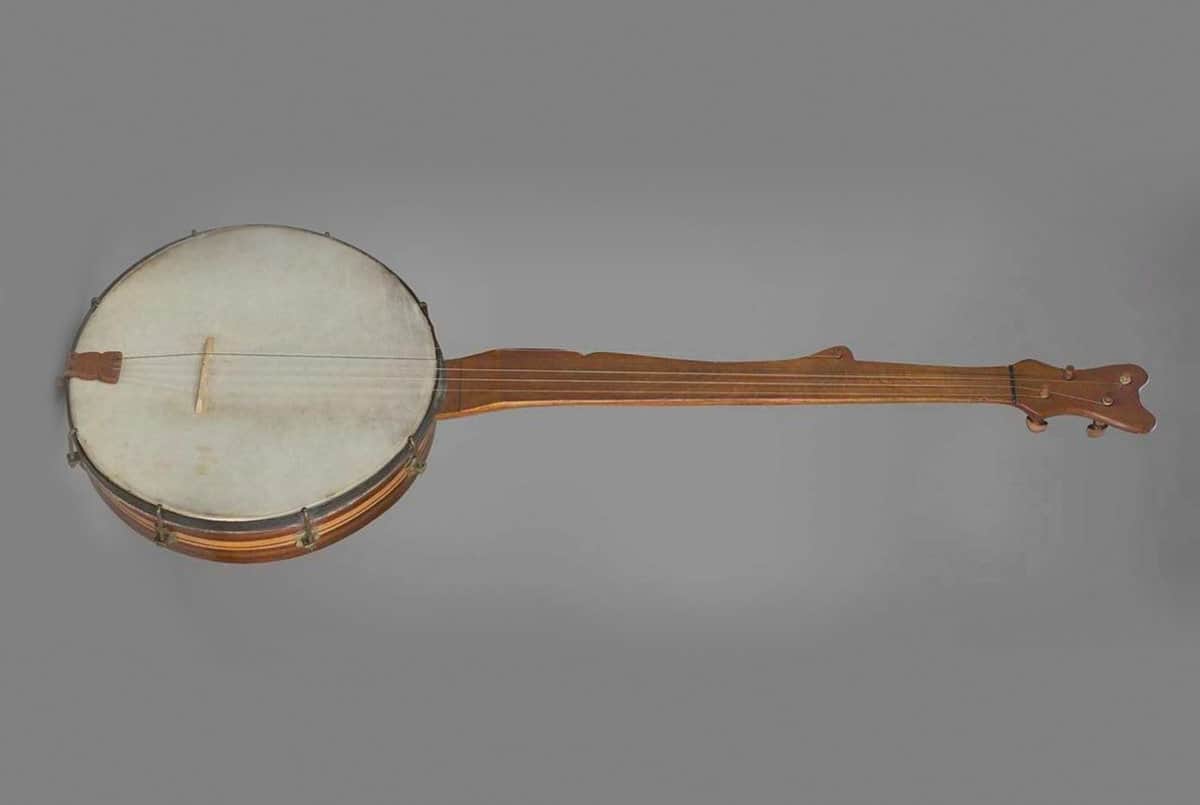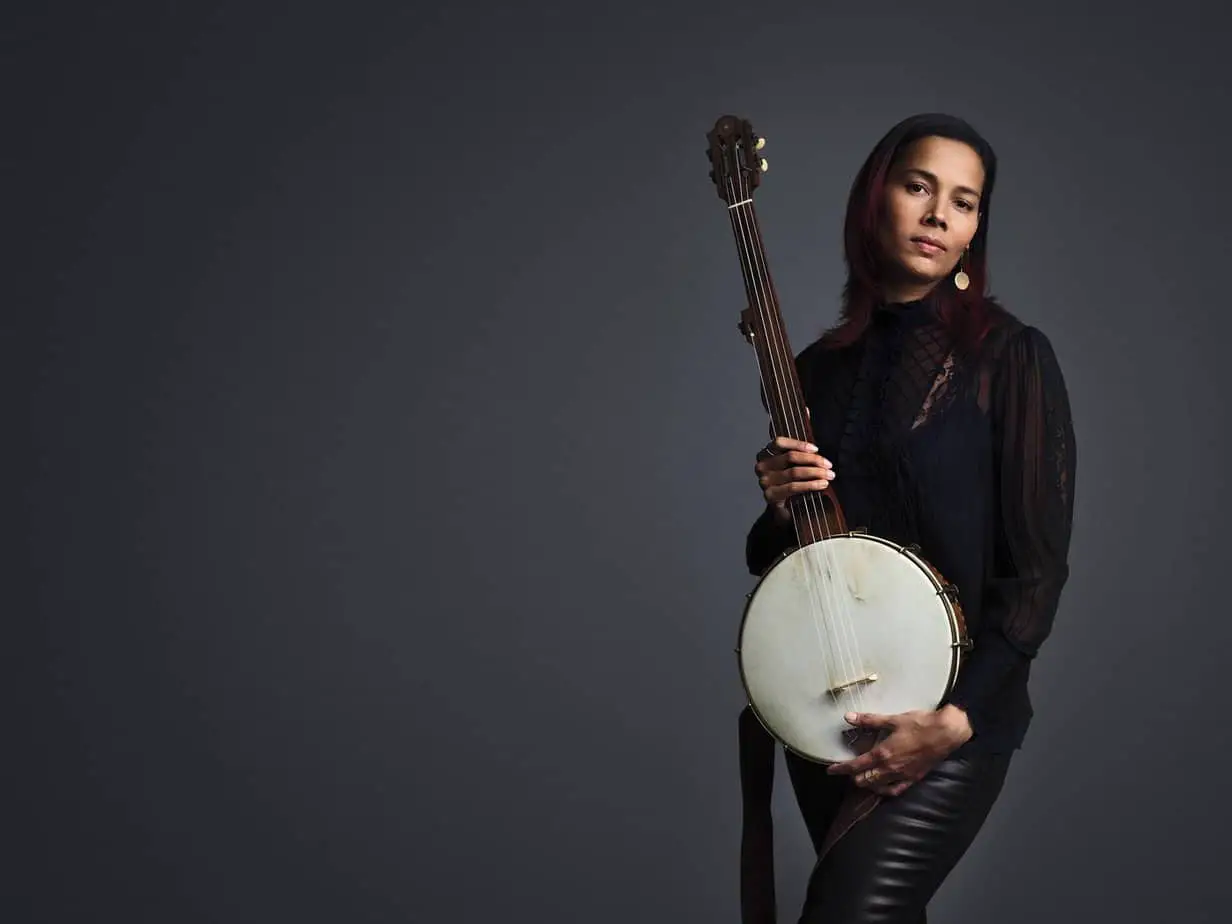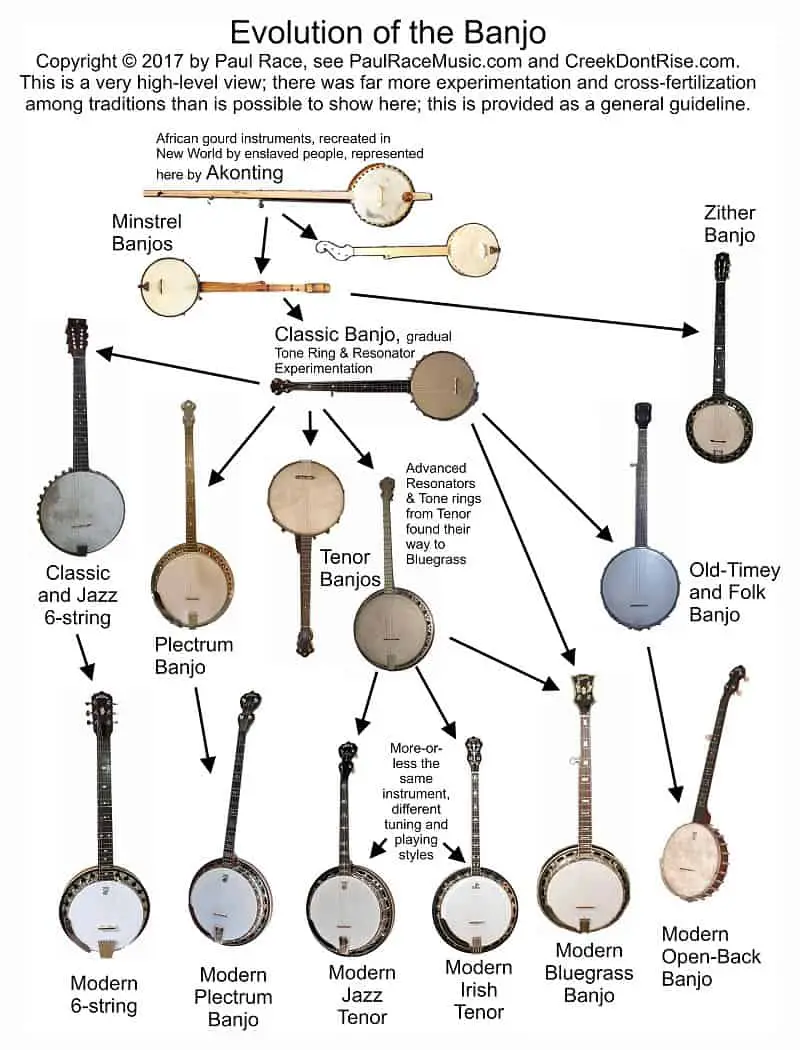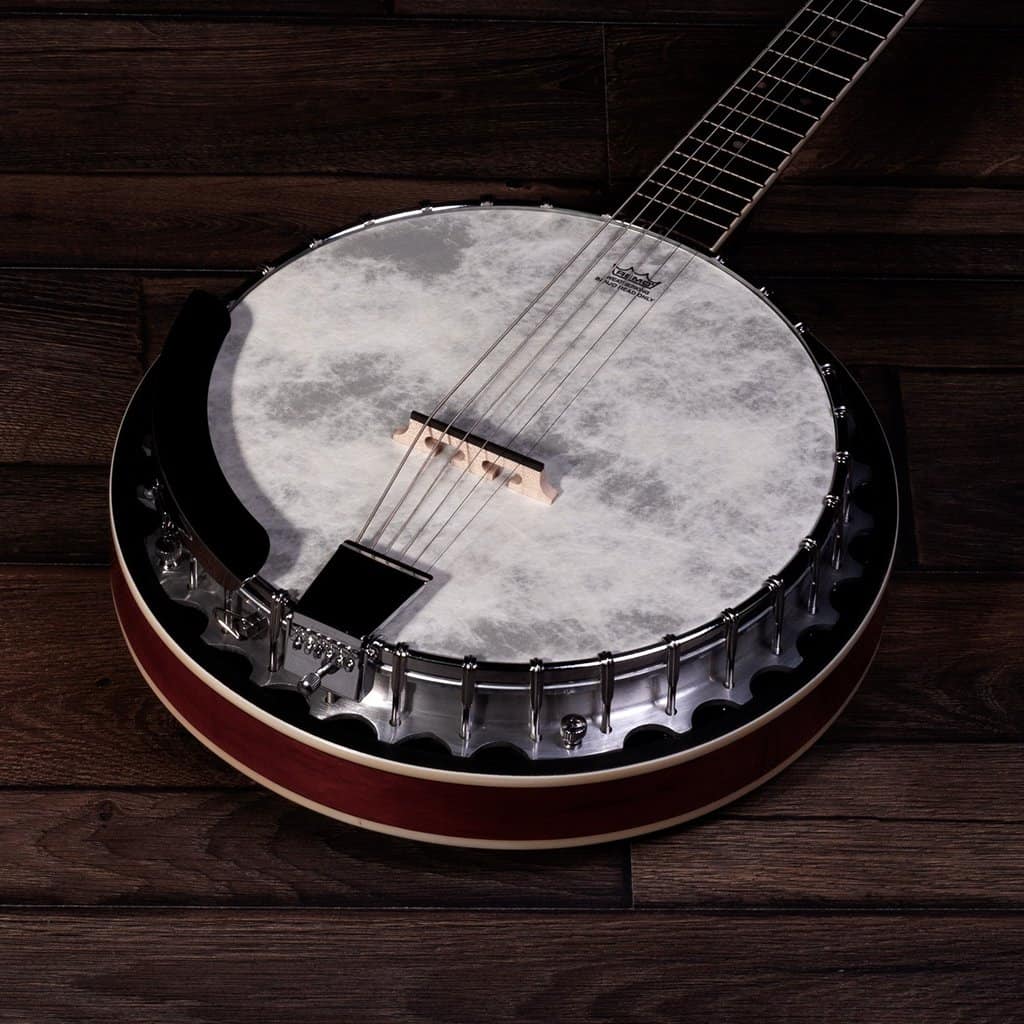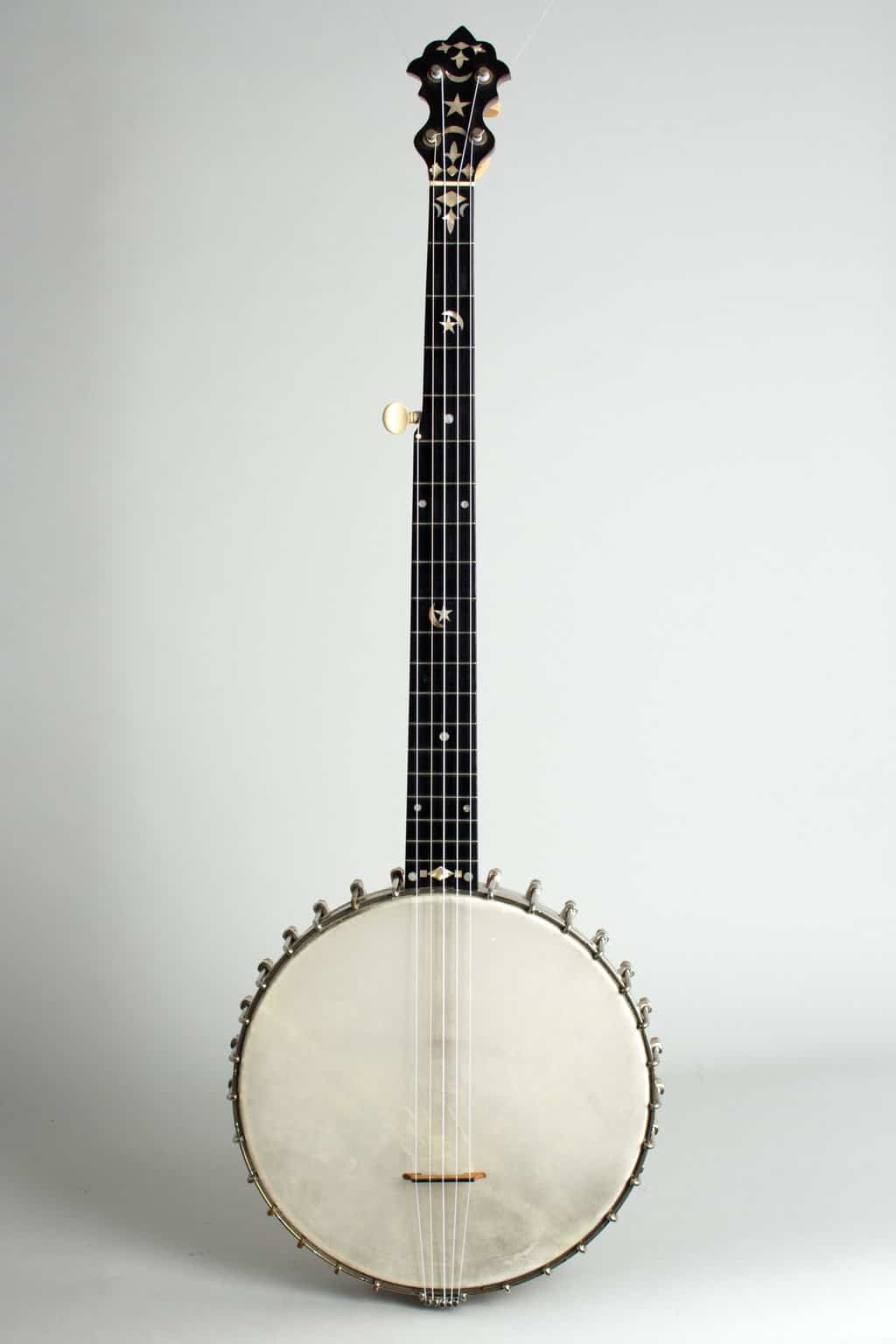The banjo is a stringed instrument with a rich history that dates back hundreds of years. It is a beloved instrument in many genres of music, including bluegrass, folk, and country. But who invented the banjo? The answer to this question is not a simple one, as the banjo has undergone many changes and variations throughout its history. In this blog post, we will explore the origins of the banjo and the people who have contributed to its development.
Early Precursors to the Banjo
The banjo is believed to have originated in West Africa, where similar instruments made from gourds and animal skins have been played for centuries. These instruments, known as akonting in Senegal and ngoni in Mali, are thought to be the earliest precursors to the banjo.
The Arrival of the Banjo in America
The banjo was brought to the Americas by enslaved Africans, who played the instrument in their communities. The first written reference to the banjo in America was in 1784, in a letter written by Thomas Jefferson. Jefferson described the instrument as being “much admired” by the people he encountered in Virginia.
The Evolution of the Banjo
Over time, the banjo underwent many changes as it was adopted by different communities in America. In the early 1800s, the banjo was modified by blackface minstrels, who added a fifth string and a longer neck to the instrument. This new version of the banjo became known as the “minstrel banjo” and was popularized in the mid-19th century.
The Industrial Revolution and the Banjo
The Industrial Revolution had a significant impact on the banjo. With the invention of new machinery, banjos could be mass-produced, making them more accessible to the general public. The first factory-made banjos were produced in the 1840s, and by the end of the century, banjo manufacturing had become a major industry.
The Banjo in the 20th Century
In the early 20th century, the banjo became a fixture in jazz music. Musicians like Duke Ellington and Louis Armstrong incorporated the banjo into their ensembles, and the instrument became an essential part of the Dixieland jazz sound.
At the same time, the banjo was also becoming popular in country and bluegrass music. Musicians like Earl Scruggs and Don Reno developed a new style of banjo playing, known as “bluegrass banjo,” which featured fast, intricate fingerpicking.
Who Invented the Banjo?
As we have seen, the banjo has a long and complex history, and it is difficult to attribute its invention to a single person. However, there are a few individuals who have made significant contributions to the development of the banjo.
One of these individuals is Joel Walker Sweeney, a white minstrel performer who is often credited with adding the fifth string to the banjo. Sweeney was a popular entertainer in the mid-19th century, and his use of the five-string banjo helped to popularize the instrument.
Another important figure in the history of the banjo is William Temperance Sweeney, Joel Walker Sweeney’s brother. William Temperance Sweeney was a banjo maker who is credited with developing the first factory-made banjos.
The Banjo Today
Today, the banjo is a popular instrument in many genres of music, from bluegrass and country to jazz and rock. There are many different types of banjos, from the traditional five-string banjo to the four-string tenor banjo and the six-string banjo.
The banjo has also inspired a number of innovations in recent years. There are now electric banjos, which can be plugged into amplifiers and effects processors, and banjos with built-in pickups, which allow musicians to record and amplify their playing.
Curious about the origins of musical instruments? Learn about the inventors behind the harmonica and dobro in our articles on who invented the harmonica and who invented the dobro. Discover the history of the 5-string banjo with insights on when it was first invented, and explore the world of Fender harmonicas with details on who makes them. Looking to string a banjo yourself? Check out our guide on how to string a banjo for step-by-step instructions!
Conclusion
The banjo is an instrument with a rich and fascinating history. While it is difficult to attribute its invention to a single person, there are many individuals who have contributed to its development and popularization. From its origins in West Africa to its adoption by blackface minstrels and its evolution in the 20th century, the banjo has undergone many changes and variations. Today, the banjo remains a beloved instrument in many genres of music, and its popularity shows no signs of waning.


